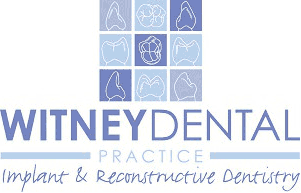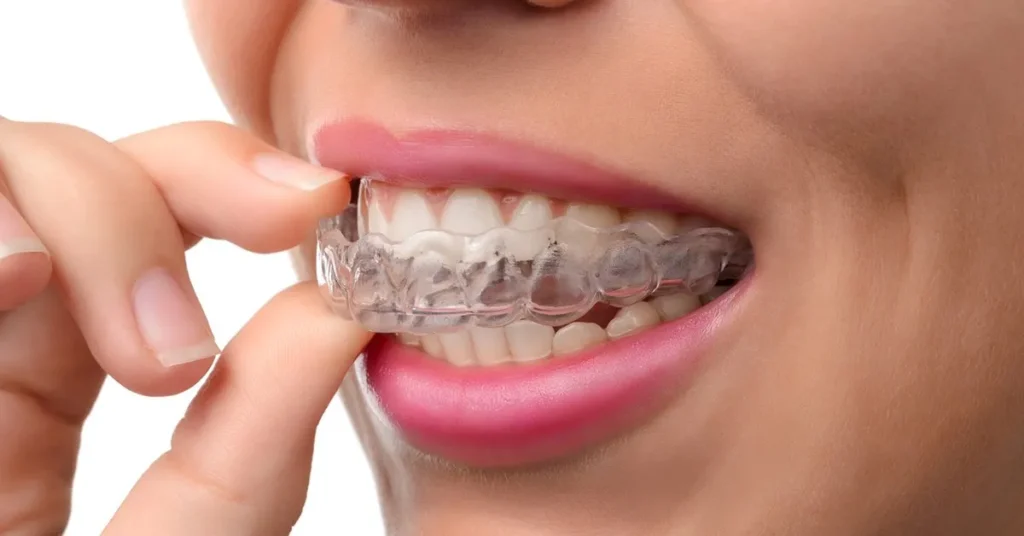Invisalign
Invisalign is a modern orthodontic treatment that uses clear, removable aligners to straighten teeth. Unlike traditional metal braces, which use brackets and wires, Invisalign aligners are custom-made to fit snugly over your teeth and gently shift them into the desired position over time.
Here’s how Invisalign works:
- Consultation and planning: Your dentist or orthodontist takes detailed 3D scans or impressions of your teeth. These are used to create a digital treatment plan that maps out how your teeth will move throughout the treatment.
- Custom aligners: Based on the treatment plan, a series of clear plastic aligners are created. These aligners are worn over your teeth and gradually move them into better alignment.
- Wearing the aligners: You wear each set of aligners for about 1–2 weeks before switching to the next set in the series. The aligners should be worn for about 20–22 hours a day, only being removed for eating, drinking (except water), brushing, and flossing.
- Follow-up appointments: You will visit your dentist or orthodontist every 6–8 weeks to check your progress and ensure that your teeth are moving as planned.
Advantages of Invisalign:
- Aesthetics: The aligners are clear and nearly invisible, making them a popular choice for people who want a discreet treatment option.
- Comfort: Invisalign aligners are smooth and don’t have the metal wires or brackets that can irritate the inside of your mouth.
- Removable: You can take the aligners out to eat, drink, brush, and floss, allowing for better oral hygiene compared to traditional braces.
- Predictable results: The treatment plan is mapped out digitally, so you can see a preview of your smile at the beginning of the process.
- Less food restrictions: Because the aligners are removable, you don’t need to avoid certain foods like you would with traditional braces.
Limitations of Invisalign:
- Discipline required: You need to wear the aligners for the prescribed amount of time each day (typically 20–22 hours). If you don’t follow the guidelines, the treatment might take longer.
- Not for all cases: While Invisalign is effective for many orthodontic issues (like crooked or slightly misaligned teeth), it may not be suitable for more complex cases such as severe bite problems or major tooth movements.
Invisalign is a popular choice for adults and teens seeking a more discreet, flexible way to straighten their teeth while achieving great results.
Witney Dental Practice Updated February 2025


